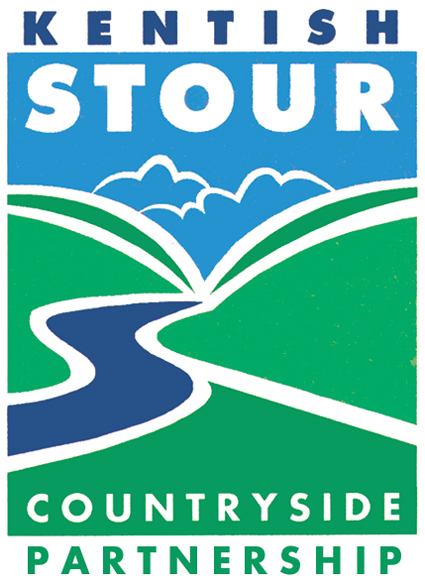Watercress
This aquatic plant grows in the shallow margins of fast-flowing, clear streams and is a good indicator of water quality. In the Stour Catchment it is particularly associated with chalk streams, and is often found in their headwaters, and close to chalk springs. Watercress is edible and delicious, so you may have come across it on your plate rather than in the wild! In the 19th century, it was such a popular foodstuff that it was cultivated on an almost industrial scale. Some railways in the south-east became known as ‘watercress lines’ because of the quantity of watercress being transported into London. Although commercial growing declined in the 20th century, its legacy can still be seen in the landscape. OS maps still identify disused watercress beds, including those near the source of the Little Stour, at Garrington, Littlebourne. Place names, such as Watercress Fields alongside the Great Stour in Ashford, also attest to this lost industry. Watercress is now making a comeback to our diet and is growing in popularity.

